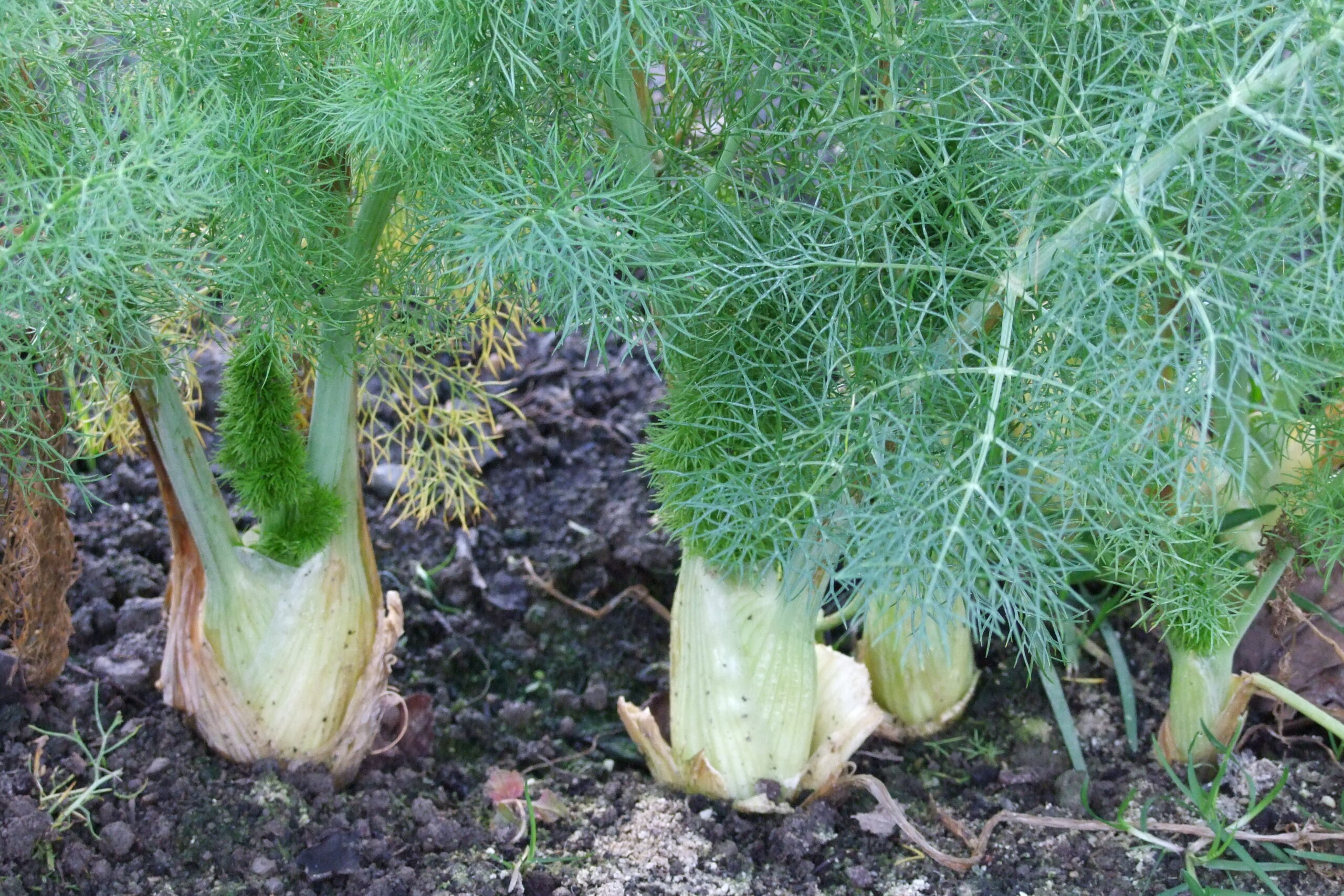How to grow fennel

Light and fluffy-headed but with a crisp base, Florence fennel is a versatile vegetable.
WORDS & PHOTOS GILLIAN VINE
Florence fennel is one of those vegetables that comes into the ‘oldies but goodies’ category. If you haven’t grown it and like a hint of aniseed, this is one to trial.
WHEN TO SOW
February to May or September to November
TIME TO HARVEST
Fennel will be ready to harvest in 14-16 weeks.
WHAT IS IT?
A hardy perennial from the Mediterranean, Florence fennel (Foeniculum vulgare) has long been used as a food and in herbal medicines. Probably its most famous use goes back to 1797, when an enterprising Frenchman used the leaves, stems and roots to flavour a potent drink, absinthe. As the alcohol content is in the range of 45–74 per cent, compared with about 40 per cent for gin, brandy or whisky, it is obvious why some 19th century artists and writers, like Vincent Van Gogh and Oscar Wilde, came to grief on the spirit known as the ‘green fairy’.
LOOKING BACK
We have had fennel in New Zealand since the 1860s. The earliest plants were possibly the herb form that does not have a bulbous base, but it is impossible to tell as it, too, is F. vulgare. The Florence type is an Italian selection chosen and refined since about AD 1700. Known in Italy as finocchio, varieties such as ‘Milano’ are a reminder of the vegetable’s heritage.
GROWING FLORENCE FENNEL
A perennial member of the carrot clan that is treated as an annual, Florence fennel is easy to grow from seed sown in good soil in spring or early summer or, in warmer areas, autumn.
In warmer parts of the country, Florence fennel is better treated as a cool-season vegetable because roots tend to become stringy in hot or dry conditions. You may like to try it in a shaded part of the garden to keep it cool.
If growing in rows, make these about 30cm apart, then thin the seedlings to 10–15cm apart. The thinnings can be used in salads or sauces, or transplanted.
Keep the soil damp but not soggy so the bulbs – actually the swollen bases of the stems – will grow quickly. Old books suggest earthing up the plants to exclude light from the swelling bulb, but I have not found this necessary.
IN THE KITCHEN
Traditionally, fennel was the herb to use with fish – and its sweet aniseed taste really does go well with fish. Use the fluffy tops, seeds or sliced roots, or all three, for maximum impact.
Florence fennel can be used in soups, boiled and served as a standalone vegetable (ideally with white sauce), or finely sliced and used raw in salads. I’m told it goes well with mushrooms, too, but unfortunately I’m allergic to most fungi, so I’ll have to pass on that.
OTHER USES
Fennel seed and an oil from it are used in cough mixes, as a digestive aid and to cure flatulence. Fennel tea is said to be good for insomnia and to increase milk quality in breastfeeding mums.
The ancient Greeks regarded fennel as useful for improving sex drive, which may have some scientific basis as the plant has significant levels of folic acid, a form of vitamin B.
VARIETIES
Three named varieties of Florence fennel are widely available – ‘Zefa Fino’, ‘Milano’ and ‘Finale’ – as well as non-bulbous ‘Sweet Leaf’ and bronze-leafed ‘Purpureum’. ‘Zefa Fino’ is less likely to ‘bolt’ (go to seed in hot weather) but does prefer cooler ground.
